Indian Army
SOURCE: RAUNAK KUNDE / NEWS BEAT / IDRW.ORG


Mumbai-based Anadrone Systems Private Limited, a company primarily known for manufacturing licensed QinetiQ Banshee aerial target platforms in India, has now developed a new indigenous kamikaze drone called Shakti. This drone is designed to carry out long-range precision strikes, with an impressive endurance of 6 to 7 hours and an operational range of 500 kilometers, making it a formidable addition to India’s growing unmanned aerial systems (UAS) capabilities.
The Shakti drone can carry a payload of up to 30 kg of explosives, designed to deliver significant damage in combat scenarios. It utilizes a rear pusher propeller engine, a propulsion system that is both efficient and well-suited for the drone’s long-endurance missions. This configuration helps improve aerodynamics and fuel efficiency, ensuring that the Shakti can remain airborne for extended periods and cover a vast operational area.
Continue readingSOURCE: IDRW.ORG


Recent media reports have suggested that the Indian Army has chosen not to deploy its Boeing AH-64 Apache attack helicopters in high-altitude areas due to their limited performance in such regions. However, sources within the Indian Army have clarified to idrw.org that these reports are a misrepresentation of the facts. The Indian Army had never intended to use its Apache helicopters in high-altitude regions, as they were specifically procured to support Strike Corps operations in more suitable terrains.
The Apache AH-64 attack helicopters, globally recognized for their firepower and versatility, were purchased by the Indian Army with a clear operational focus. Contrary to media reports suggesting performance issues in high-altitude environments, Army officials have confirmed that the helicopters were never intended for such roles.
Continue readingSOURCE: IDRW.ORG
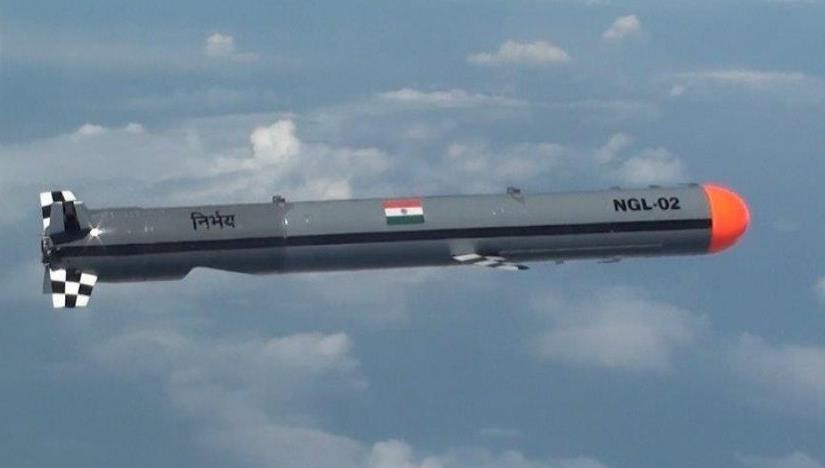

The Indian Army is gearing up to conduct user trials of the Nirbhay sub-sonic cruise missile. This development comes as the missile nears the completion of its developmental trials, powered by a locally made STFE engine.
Sub-sonic cruise missiles with a range of 1000 km are a crucial component of the upcoming Rocket Force, which is set to become the fourth service wing of the Indian Armed Forces. The Nirbhay missile has already been successfully tested from a truck-mounted system earlier this year.
Continue readingSOURCE: RAUNAK KUNDE / NEWS BEAT / IDRW.ORG
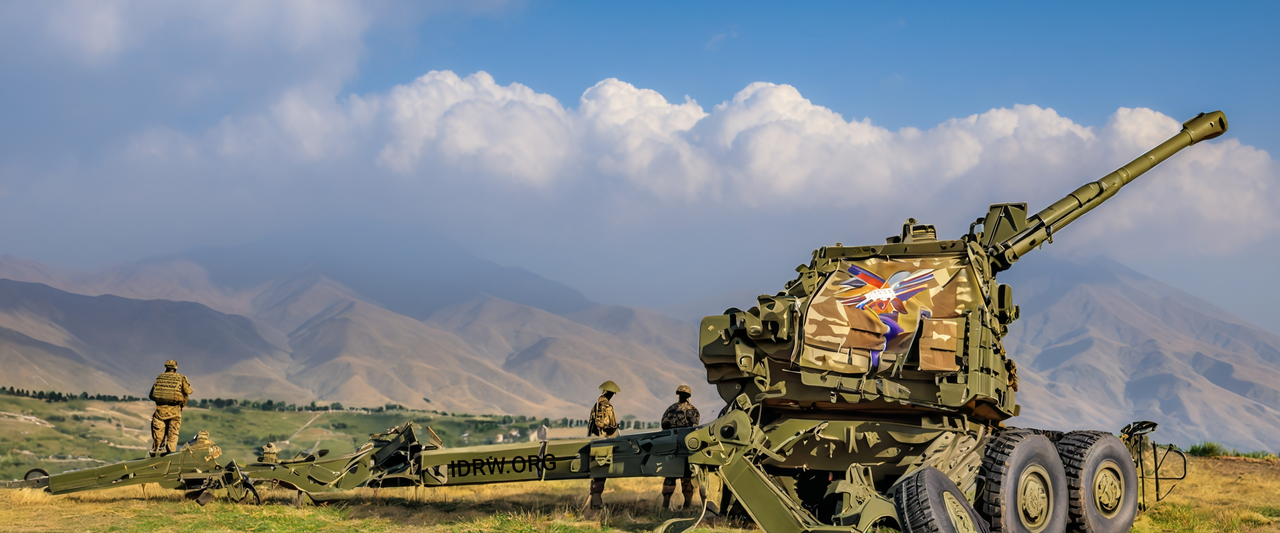

The Armenian Army has completed trials of six units of the Advanced Towed Artillery Gun System (ATAGS) 155mm/52 calibre towed guns, supplied by India in 2023. According to Armenian Army sources to idrw.org, the guns have cleared all operational tests conducted in various locations across the country.
The initial batch of six ATAGS guns was programmed with the Armenian language in the Trajectory Computation Module (TCM) as requested by the Armenian Army. Additionally, several other modifications were made to tailor the guns to the specific requirements of the Armenian military.
Continue readingSOURCE: RAUNAK KUNDE / NEWS BEAT / IDRW.ORG
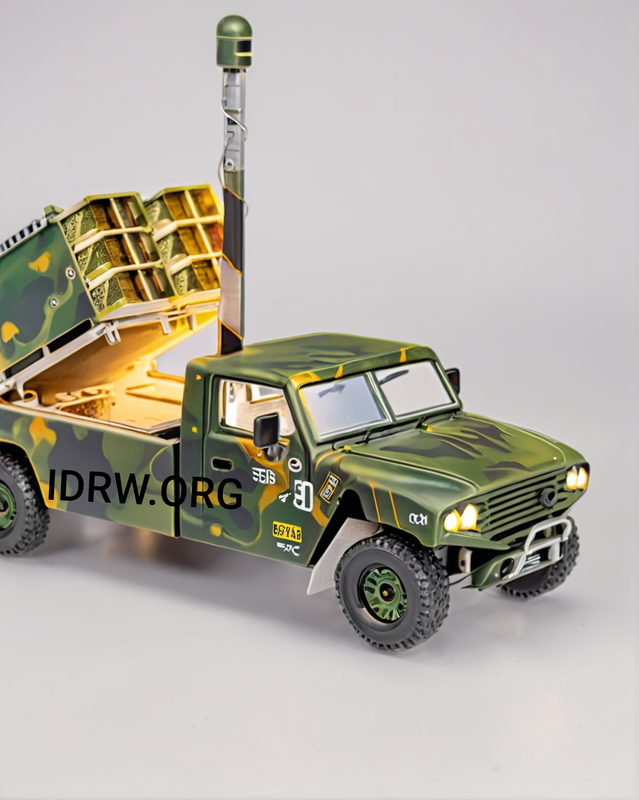

In a significant development aimed at enhancing the Indian Army’s capabilities, the military is currently engaged in discussions with the Defence Research and Development Organisation (DRDO) to develop a new UAV-Launched Precision Guided Missile (ULPGM) V3. The proposed missile, designed to be mounted on Light Motor Vehicles (LMVs), promises to provide infantry units with a potent weapon system for assaulting enemy positions.
The ULPGM V3, a successor to the already inducted ULPGM V1, is expected to offer a significantly increased range compared to its predecessor. While the V1 boasts a range of 4 kilometres, the V3 is likely to have a range of nearly 12 kilometres. This extended range will enable the missile to strike targets at a greater distance, enhancing the safety of troops.
Continue readingSOURCE: RAUNAK KUNDE / NEWS BEAT / IDRW.ORG


Armoured Vehicles Nigam Limited (AVNL), a leading manufacturer of armored vehicles in India, has issued an Expression of Interest (EOI) for the design and development of a 400-horsepower (HP) power pack for the BMP II tracked vehicle. This upgrade aims to significantly enhance the performance and capabilities of the BMP II, a widely used infantry fighting vehicle in the Indian Army.
The current power plant in the BMP II is a diesel UTD-20/3 engine, which produces 285 HP. The new 400 HP power pack will provide a substantial increase in power, enabling the BMP II to achieve higher speeds, improved acceleration, and better maneuverability across various terrains.
Continue readingSOURCE: RAUNAK KUNDE / NEWS BEAT / IDRW.ORG


The Defence Research and Development Organisation (DRDO) has made significant strides in developing a dual-flow automatic loader for its new-generation tank. This innovative system will significantly enhance the tank’s firepower and reduce crew risk.
The dual-flow automatic loader features a conveyor in the hull capable of holding 24 rounds. An additional 16 rounds are stored in a second conveyor in the turret. This dual-storage system ensures a continuous supply of ammunition to the main gun, allowing for sustained firing without manual reloading.
Continue readingSOURCE: RAUNAK KUNDE / NEWS BEAT / IDRW.ORG
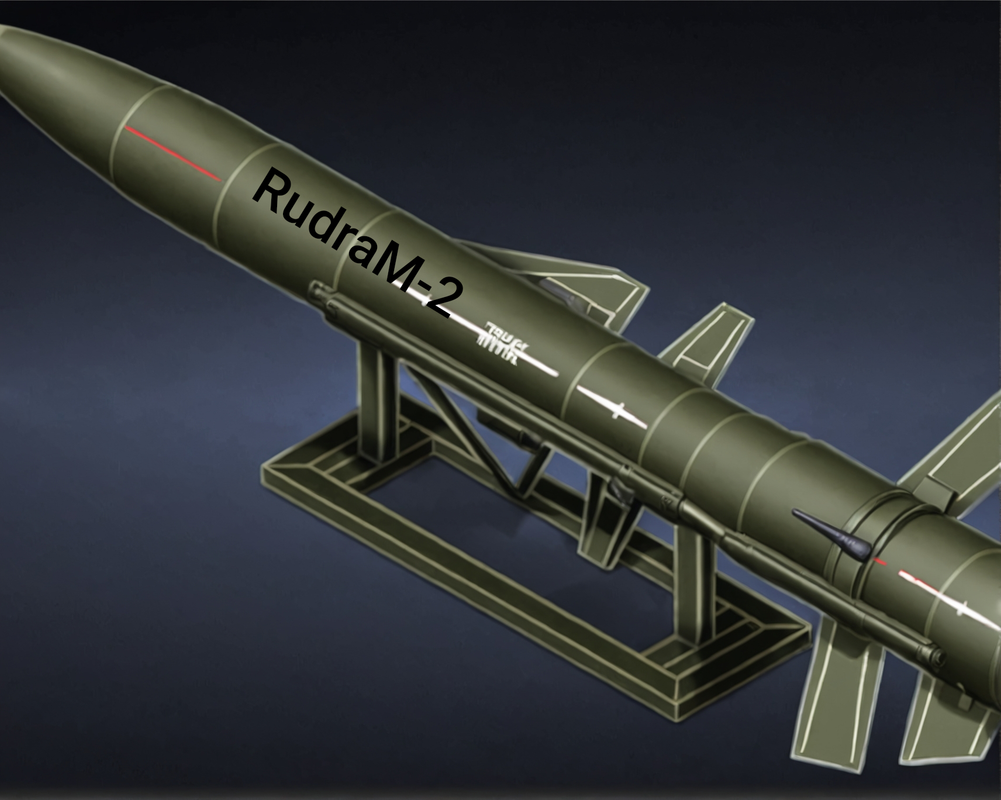

The Defence Research and Development Organisation (DRDO) has proposed the development of a ground-based version of the RudraM-2 anti-radiation surface-to-surface missile system. Based on the air-launched variant of the RudraM-2, the ground-based version will incorporate a booster stage, enhancing its range and capabilities.
With a range of 300 kilometres and a payload of 200 kilograms, the RudraM-2 missile is capable of reaching speeds of up to Mach 5.5. Its advanced seekers can detect enemy radio frequencies and signals from radars at distances exceeding 100 kilometres.
Continue readingSOURCE: RAUNAK KUNDE / NEWS BEAT / IDRW.ORG
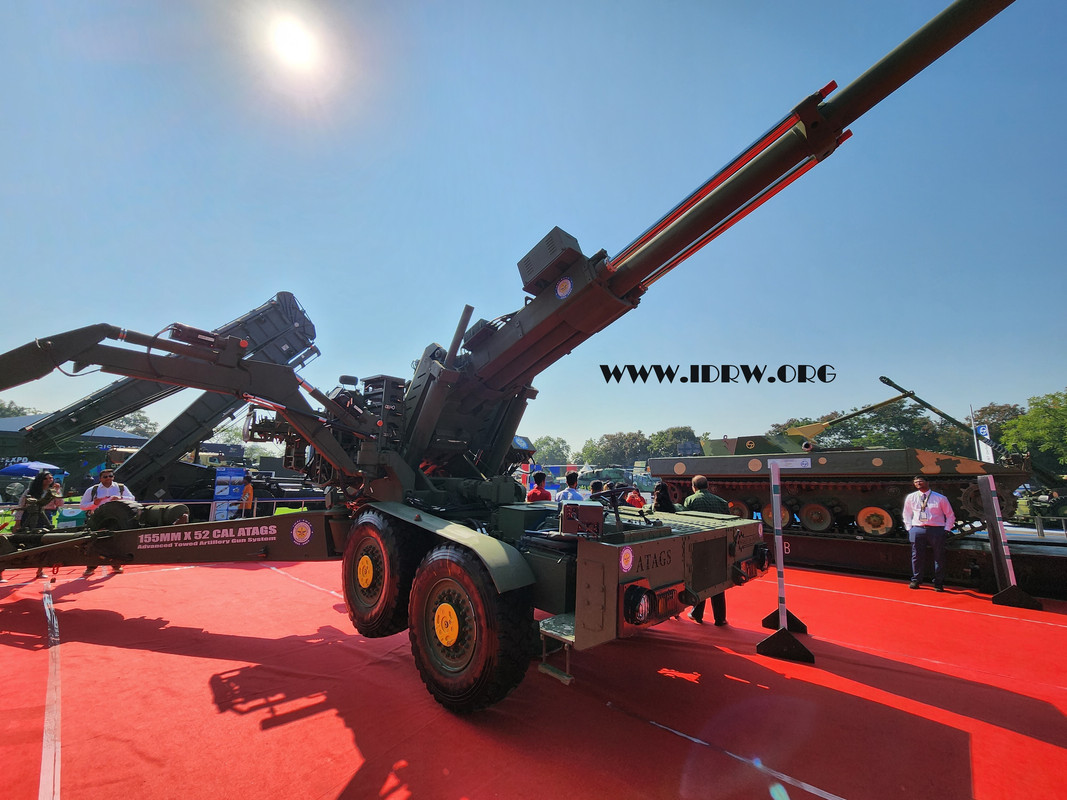

Lt Gen Adosh Kumar, the Director General of Artillery in the Indian Army, has confirmed that the deal for 307 Advanced Towed Artillery Gun Systems (ATAGS) will be procured in 2025. The ATAGS, a towed 155 mm/52 caliber howitzer, has already been cleared for production following the successful completion of user trials.
The contract is expected to be finalized in March, coinciding with the end of the financial year. While the Army has not disclosed which specific variant of the ATAGS it plans to procure, both Tata and Kalyani have developed their own versions of the gun based on the same Technology Transfer (ToT) provided by the Defence Research and Development Organisation (DRDO). However, there are notable differences between the two variants in terms of design and other parameters.
Continue readingSOURCE: RAUNAK KUNDE / NEWS BEAT / IDRW.ORG


The Indian Army, which has received an Acceptance of Necessity (AoN) to procure the Future Ready Combat Vehicle (FRCV), is set to conduct a rigorous evaluation of potential bidders. The FRCV, which will replace the T-72 Main Battle Tanks (MBTs) in the Army’s fleet by 2030, is a significant acquisition program that will see intense scrutiny from domestic and international companies.
To ensure that the FRCV program aligns with the government’s “Make in India” initiative, the Indian Army and DRDO will conduct a special audit of all proposals submitted by public and private sector companies. This audit will focus on verifying the indigenous content of the proposed tanks, preventing the introduction of rebadged foreign MBTs into the Indian market.
Continue readingSOURCE: RAUNAK KUNDE / NEWS BEAT / IDRW.ORG
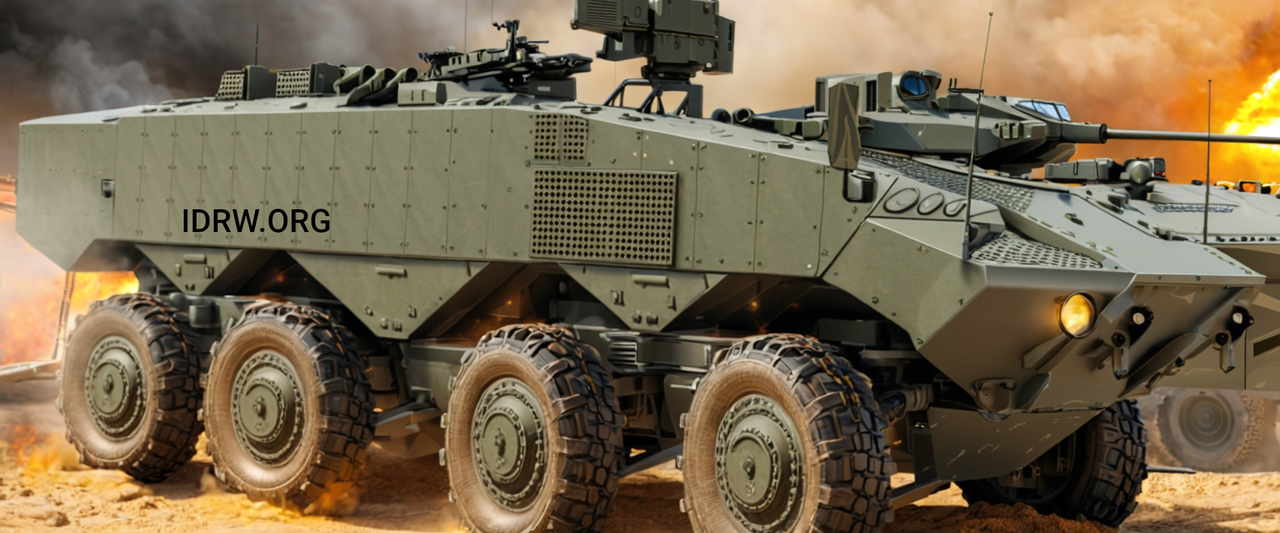

In a significant move towards enhancing the Indian Army’s reconnaissance and support capabilities, the Ministry of Defence (MoD) has reissued the Request for Proposal (RFP) for the procurement of 198 Wheeled Armoured Fighting Vehicles (WH AFV Recce & Support). The project falls under the Buy Indian – IDDM (Indigenously Designed, Developed, and Manufactured) category, reaffirming the government’s commitment to boosting Indigenous defence manufacturing under the “Make in India” initiative.
The MoD has retained the “Buy Indian – IDDM” category as per the Defence Procurement Procedure (DPP) 2016, emphasizing the need for Indian vendors and Original Equipment Manufacturers (OEMs) to supply indigenously developed platforms.
Continue readingSOURCE: RAUNAK KUNDE / NEWS BEAT / IDRW.ORG
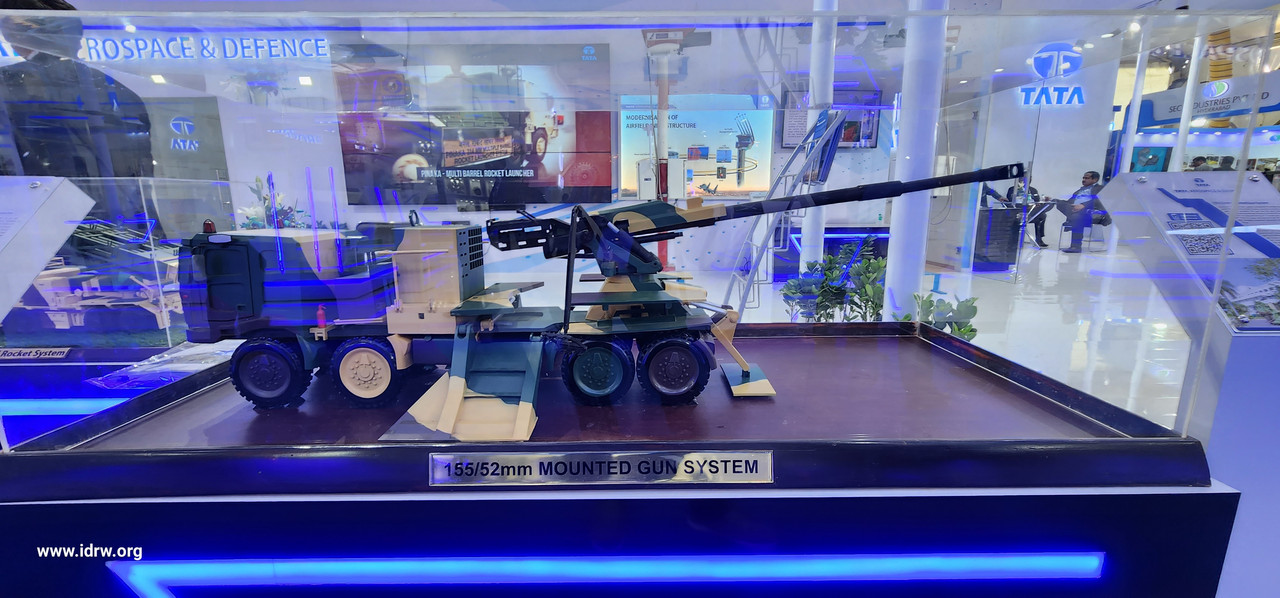

Tata Advanced Systems (TASL) has developed a new Truck-Mounted Howitzer (TMH) based on its renowned Advanced Towed Artillery Gun System (ATAGS). This new artillery system is designed to compete with the MGS developed by the Kalyani Group, both of which share the same underlying ATAGS gun.
The Tata-developed TMH leverages the Tata LPTA 3945 / 3138 8×8 Truck as its platform, offering exceptional mobility and versatility. While the MGS also utilizes the ATAGS gun, Tata’s TMH boasts its unique design and features.
Continue readingSOURCE: RAUNAK KUNDE / NEWS BEAT / IDRW.ORG
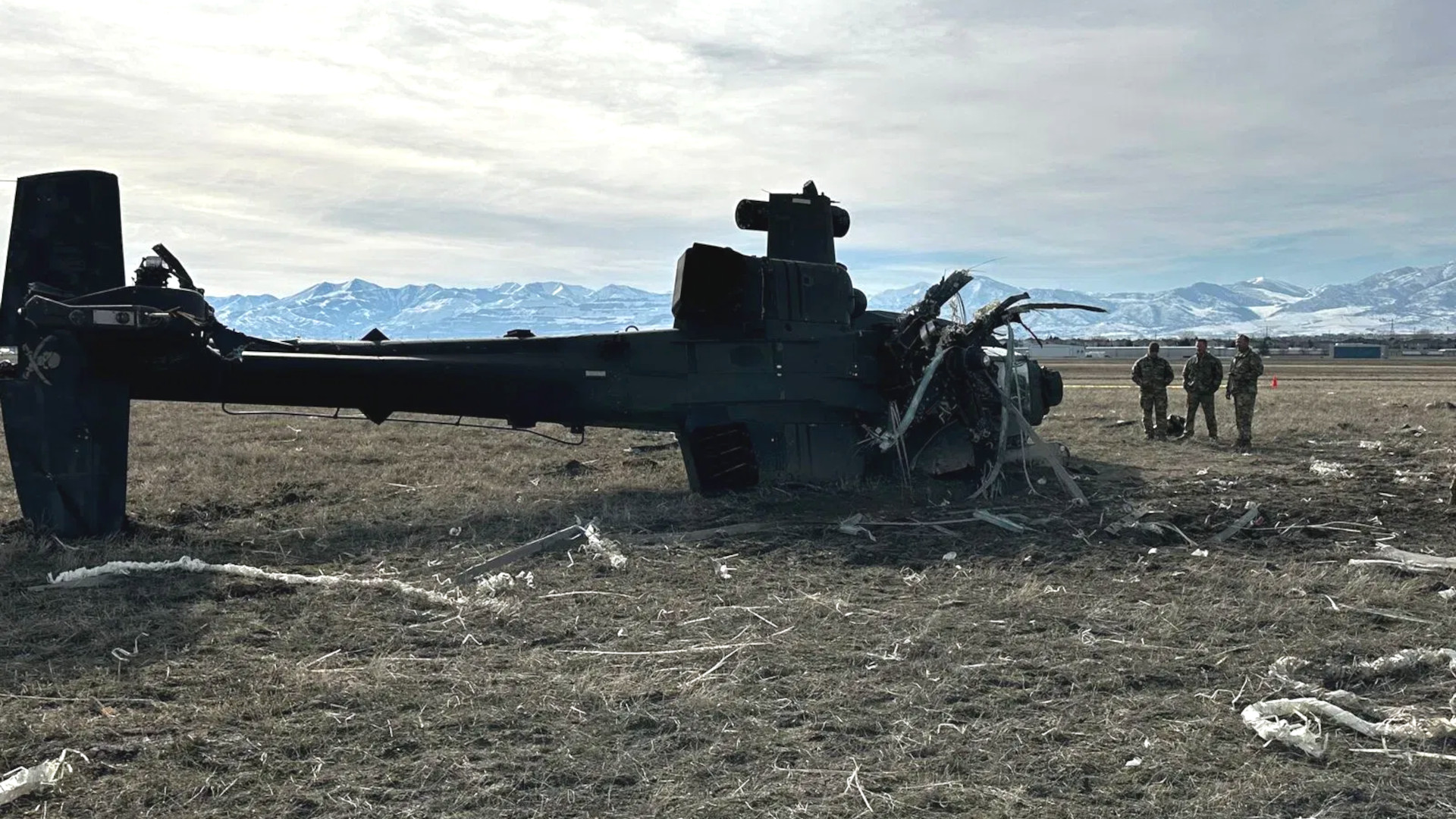

The arrival of the highly anticipated Boeing AH-64E Apache attack helicopters for the Indian Army has been delayed due to recent crashes involving the platform in the US Army. According to a source close to idrw.org, investigations into these crashes have identified potential issues with the AH-64E, specifically an increase in electrical power generator failures. These failures could lead to a dangerous build-up of smoke in the cockpit, posing a significant risk to pilots.
In response, Boeing has placed a hold on all new deliveries of the AH-64E Apache attack helicopter. This hold will remain in effect until the underlying issues are fully addressed and validated through additional testing.
Continue readingSOURCE: RAUNAK KUNDE / NEWS BEAT / IDRW.ORG


The Ministry of Defence, Government of India, has announced its intent to procure the Carrier Air Defence Tracked (CADET) system to meet the Indian Army’s growing needs for air defence in support of mechanized platforms across various units. This procurement is aimed at addressing the Army Air Defence’s requirement for a common tracked platform that can serve as a versatile carrier for both current and future equipment.
The CADET platform is envisioned as a common, box-shaped tracked chassis with a raised structure designed to accommodate crew and equipment inside, as well as provide attachment points on its exterior for mounting various air defence systems. This design will ensure uniformity across Air Defence units, improving equipment management and streamlining training processes.
Continue readingSOURCE: RAUNAK KUNDE / NEWS BEAT / IDRW.ORG
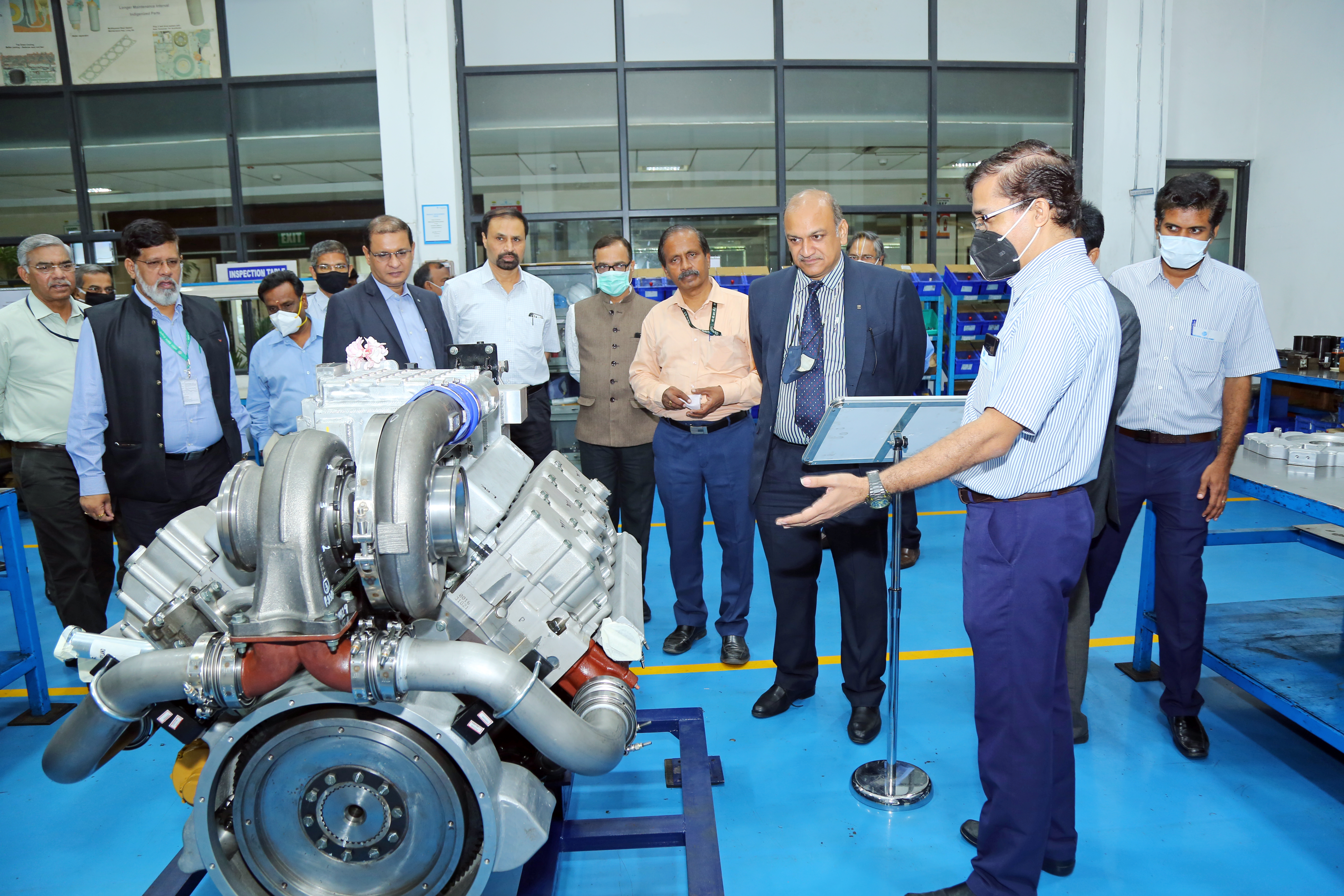

A significant milestone has been achieved in India’s quest for self-reliance in defence technology. The indigenously developed 600 horsepower engine, a joint venture between the Combat Vehicles Research & Development Establishment (CVRDE) and Ashok Leyland, is on the cusp of production readiness.
Initially conceived in 2021, the engine has undergone rigorous ground trials over the past three years. Incorporating advanced technologies, the engine is designed to be compact, efficient, and lightweight, making it a suitable power source for future combat vehicles.
Continue reading